Introduction: The Fascinating World of Birds That Mate for Life
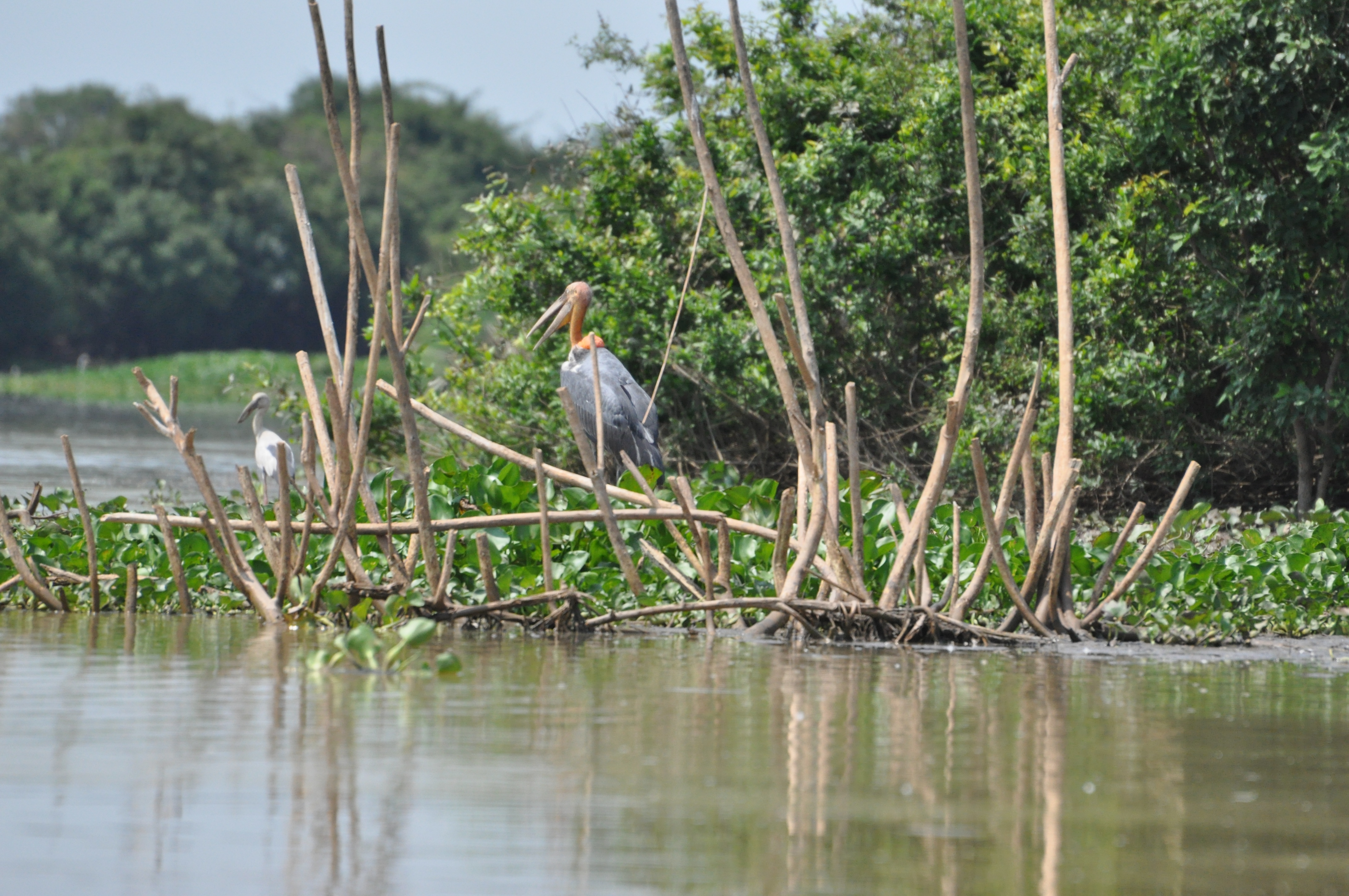
Birds have captivated us with their vibrant plumage, enchanting songs, and diverse behaviors. Among their remarkable traits, the concept of lifelong pair bonding stands out as a testament to commitment and loyalty. In this blog post, we will delve into the captivating world of birds that form lifelong pair bonds and unravel the intricacies of their monogamous relationships.
Defining Lifelong Pair Bonding
Mating for life refers to the formation of a long-term monogamous relationship between two birds, where they establish a pair bond and remain together for an extended period. While many bird species engage in monogamy, not all exhibit lifelong pair bonding. Some birds may have multiple mates throughout their lifetime or engage in seasonal monogamy.
The Significance of Monogamy in Birds
Monogamy in birds is a rare behavior in the animal kingdom, making it all the more intriguing. It reflects a deep level of commitment and dedication between mates, fostering a partnership built on mutual trust and cooperation. Lifelong pair bonding plays a crucial role in avian societies, contributing to their reproductive success, shared parenting responsibilities, and defense of territories.
Choosing a Lifelong Mate
Birds employ various factors when choosing a lifelong mate. Courtship rituals, involving elaborate displays and unique behaviors, play a vital role in establishing a bond between potential partners. Mate choice is influenced by physical attributes, vocalizations, territorial behavior, and compatibility in parenting styles and foraging strategies. These factors contribute to the longevity of their partnership.
Types of Birds That Mate for Life
Several species of birds exhibit the remarkable behavior of mating for life, demonstrating loyalty and dedication to their partners. Let’s take a closer look at some common species that engage in this fascinating behavior.
2.1 Swans
Swans, including the Mute Swans, Trumpeter Swans, and Tundra Swans, are renowned for their graceful appearance and monogamous behavior. These elegant birds engage in elaborate courtship rituals, including synchronized swimming and enchanting head-bobbing displays.
2.2 Albatrosses
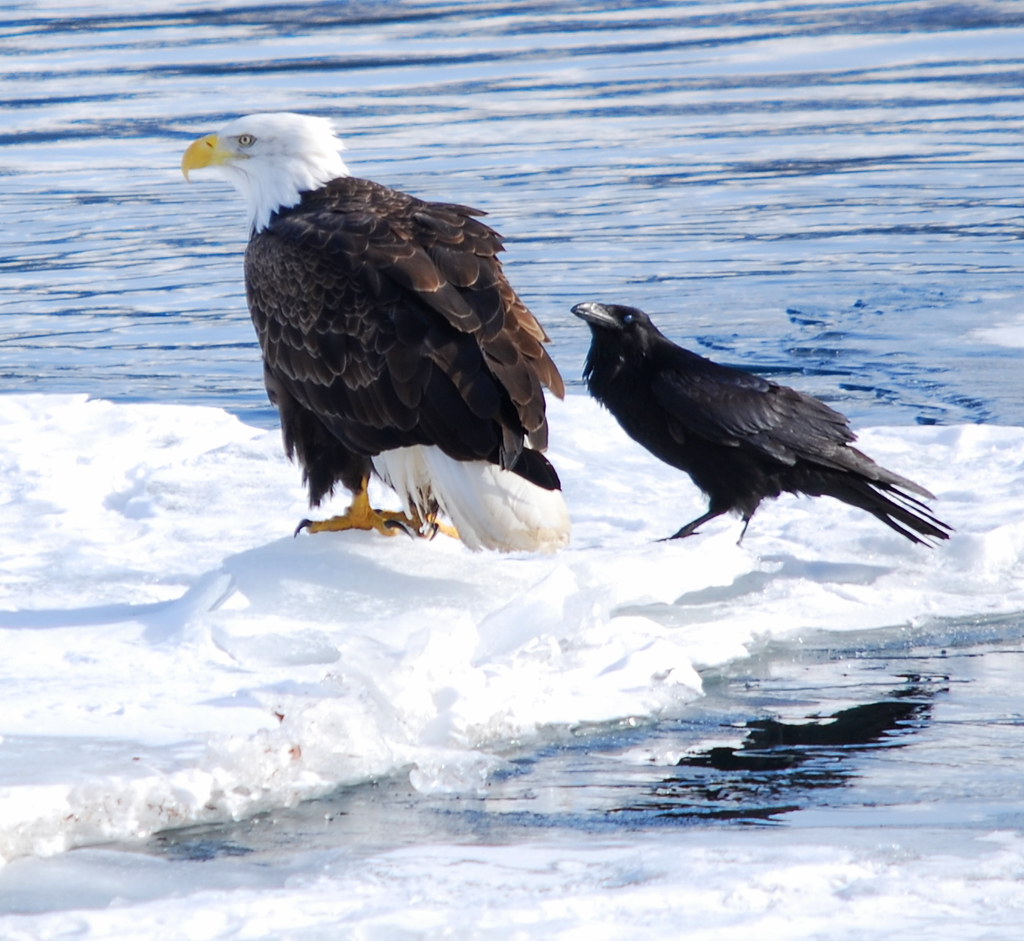
Albatrosses, with their impressive wingspans, are large seabirds known for lifelong pair bonds that can last for several decades. These majestic birds captivate with their mating dances and vocalizations, which play a vital role in attracting mates. Notably, species like the Laysan Albatross return faithfully to the same breeding site year after year.
2.3 Eagles
Both Bald Eagles and Golden Eagles are recognized for forming long-term pair bonds. These magnificent birds construct large nests, called eyries, where they raise their offspring. To strengthen their bond, eagles engage in awe-inspiring aerial displays and courtship flights. They exhibit strong parental instincts and actively share responsibilities in nurturing their young.
2.4 Penguins
Several species of penguins display monogamous behavior, forming lifelong pair bonds. Remarkable examples include the Emperor Penguin and Adélie Penguin. These dedicated birds often return to the same nesting sites, reuniting with their previous mates each breeding season. Male and female penguins take turns incubating the eggs and caring for the chicks, exemplifying loyalty and devotion.
2.5 Additional Species
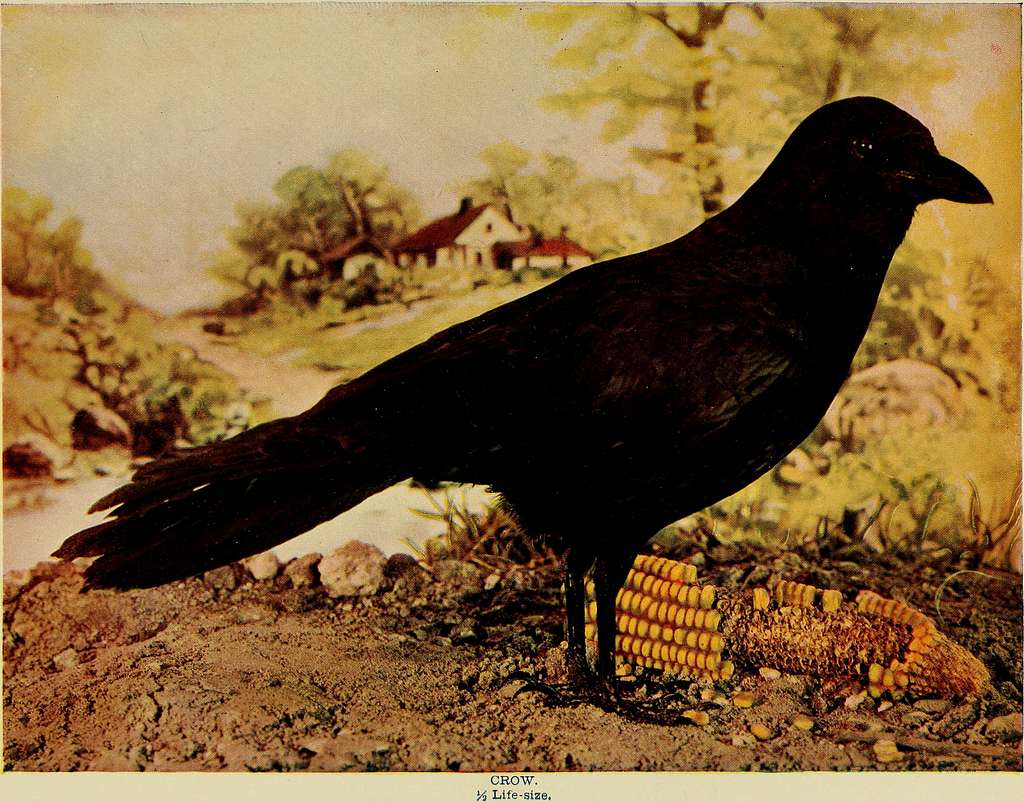
In addition to the aforementioned birds, other species such as the California Condor, Black Vulture, and Sandhill Crane also form long-term pair bonds, contributing to their reproductive success and survival.
Understanding the diverse species that engage in lifelong pair bonding offers a glimpse into the intricate social dynamics and evolutionary strategies of these birds. In the following sections, we will explore the reasons behind this behavior and the potential benefits it brings. Let us embark on a captivating journey into the enchanting realm of birds that mate for life.
Why Do Birds Mate for Life? – Examining the Benefits of Lifelong Pair Bonding
![]()
Lifelong pair bonding, also known as monogamy, is a fascinating behavior observed in various bird species worldwide. Birds that engage in lifelong partnerships reap several benefits from this behavior.
Increased Breeding Success
Stable partnerships provide birds with increased breeding success. By forming lifelong bonds, birds can establish and defend territories, secure suitable nesting sites, and focus on successful reproduction without the constant threat of eviction or resource competition.
Cooperative Behaviors
Monogamous bird pairs exhibit strong cooperative behaviors. Both male and female birds collaborate in tasks such as nest building, incubating eggs, and raising their young. This collaboration enhances the survival rate of their offspring, ensuring their health and development.
Enhanced Parental Care
Lifelong pair bonding leads to increased parental care. Both male and female birds contribute to feeding and protecting their offspring, providing a nurturing environment for their survival and growth. The division of labor allows one parent to focus on incubation or brooding while the other forages and brings food to the nest.
Social Bonds and Emotional Support
Monogamous bird species develop long-term social bonds with their partners, offering emotional support and companionship. During challenging times like migration or harsh environmental conditions, having a stable partner provides comfort and increased resilience. Lifelong mates offer a sense of security and the opportunity for social interaction.
Genetic Benefits
Monogamy offers genetic benefits for birds. By mating with a single partner, birds increase the genetic relatedness between their offspring, increasing the chances of passing on desirable traits to future generations. This advantage is particularly valuable in resource-limited environments or intense competition scenarios.
In conclusion, birds that mate for life engage in lifelong pair bonding for various reasons. The benefits include increased breeding success, cooperative behaviors, enhanced parental care, social bonds and emotional support, and genetic advantages. These advantages contribute to the overall fitness and survival of both the birds and their offspring, allowing them to maximize reproductive success and adaptability to their environments.
Exploring the Courtship Rituals of Birds That Mate for Life
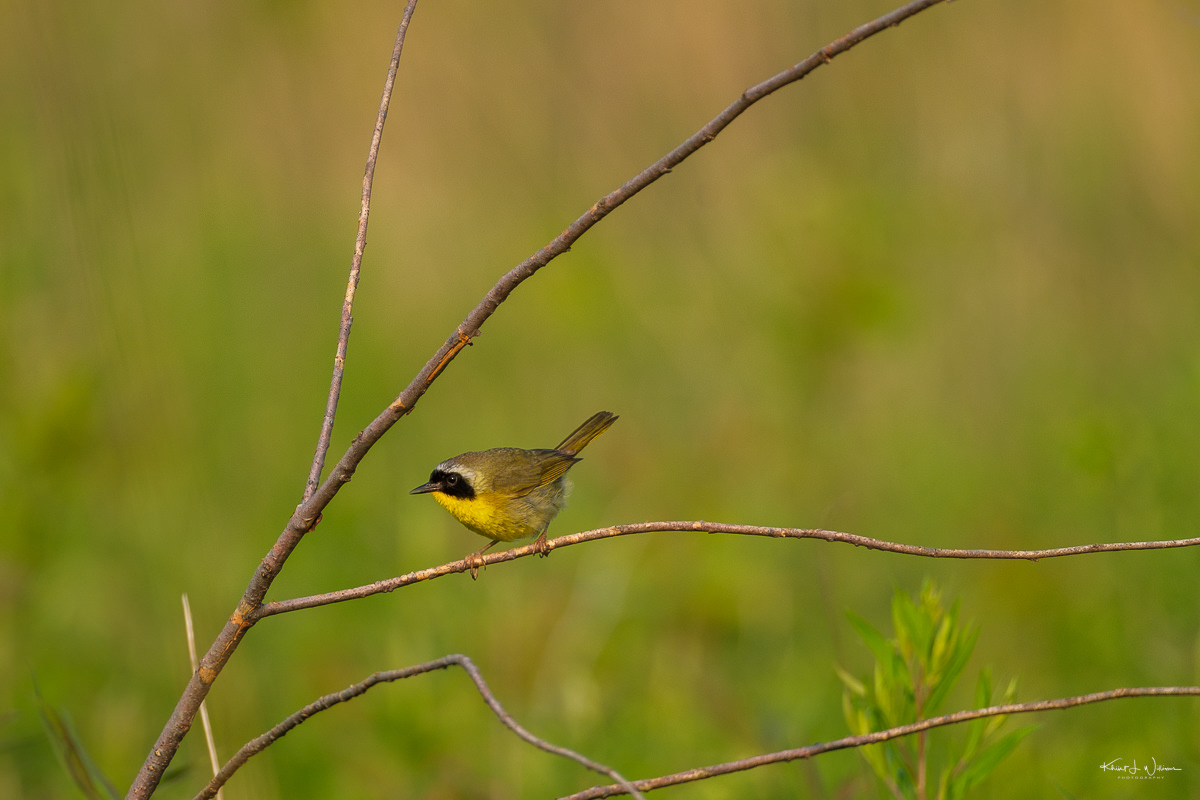
Courtship rituals play a vital role in the lives of birds that form lifelong pair bonds. These elaborate displays strengthen the bond between mates and ensure successful breeding. Let’s delve into some fascinating courtship rituals observed among birds that mate for life.
Albatrosses: Synchronized Dances and Bill-Clacking
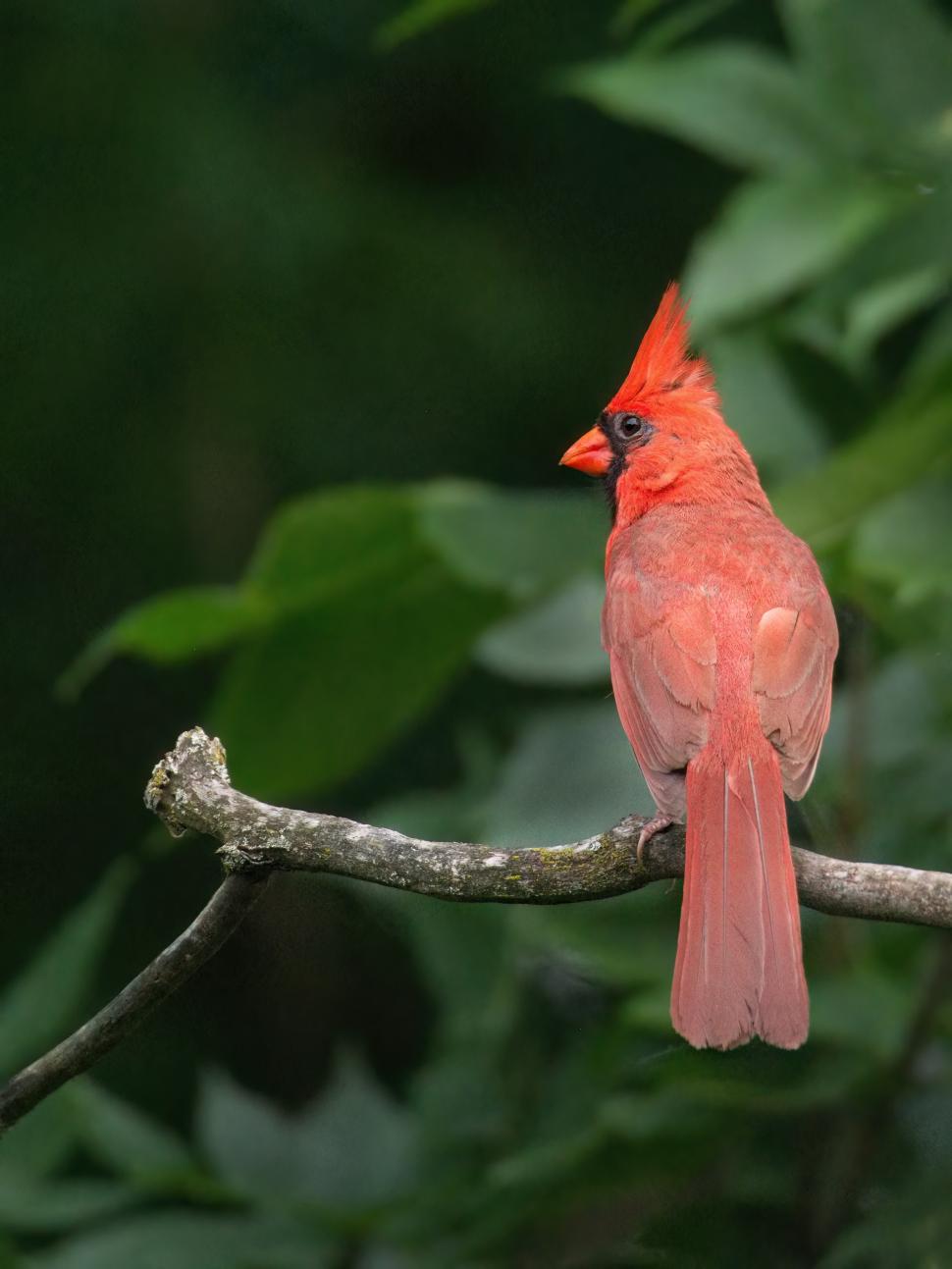
Albatrosses, known for their monogamous nature, engage in mesmerizing courtship displays with their lifelong partners. They perform intricate synchronized dances, gracefully moving their wings, bobbing their heads, and strutting in unison. Additionally, albatrosses engage in rhythmic bill-clacking, tapping their bills together. These captivating rituals reinforce the bond between albatross pairs.
Swans: Graceful Movements and Heart-Shaped Formations
Swans are another emblematic example of birds that mate for life. Their courtship rituals are marked by elegance and grace. Swans engage in synchronized swimming, gliding effortlessly across the water’s surface in perfect harmony. They also perform mutual preening, gently grooming each other’s feathers. During their displays, swans often form heart-shaped formations, symbolizing their enduring love and commitment.
Vocalizations: Songs of Love
Many bird species employ captivating vocalizations during courtship. The American robin, known for its melodious song, serenades potential mates. Male robins sing passionately to attract females and establish territorial boundaries. These enchanting songs convey the male’s fitness and desirability.
Aerial Displays: Flight of Fancy
Some birds take to the skies to impress potential mates. Male red-winged blackbirds exhibit aerial displays, showcasing their vibrant plumage and vocal prowess. They ascend into the air, perch on high branches, and proudly display their striking red and yellow shoulder patches while singing. These breathtaking performances capture the attention of female blackbirds.
Gift Exchange: Symbols of Devotion
Courtship rituals often involve the exchange of gifts or offerings. Male birds, such as the Northern cardinal and the blue tit, present food or nest materials to potential mates. This act symbolizes the male’s ability to provide for the female and their future offspring, demonstrating commitment and suitability as a mate.
Colorful Plumage: Nature’s Artistry
Colorful plumage serves as a common courtship strategy among many bird species. The resplendent peacock is a prime example. Male peacocks showcase their magnificent tail feathers in a mesmerizing display known as “train-raising.” With feathers spread wide, forming an awe-inspiring fan, they create a visual spectacle to attract potential mates. This elaborate exhibition of vibrant colors is a testament to the male’s genetic fitness and vitality.
The courtship rituals of birds that mate for life are a testament to the wonders of nature. From synchronized dances and vocal serenades to aerial displays and gift exchanges, these rituals strengthen the bond between mates and ensure successful reproduction.
Benefits of Mating for Life
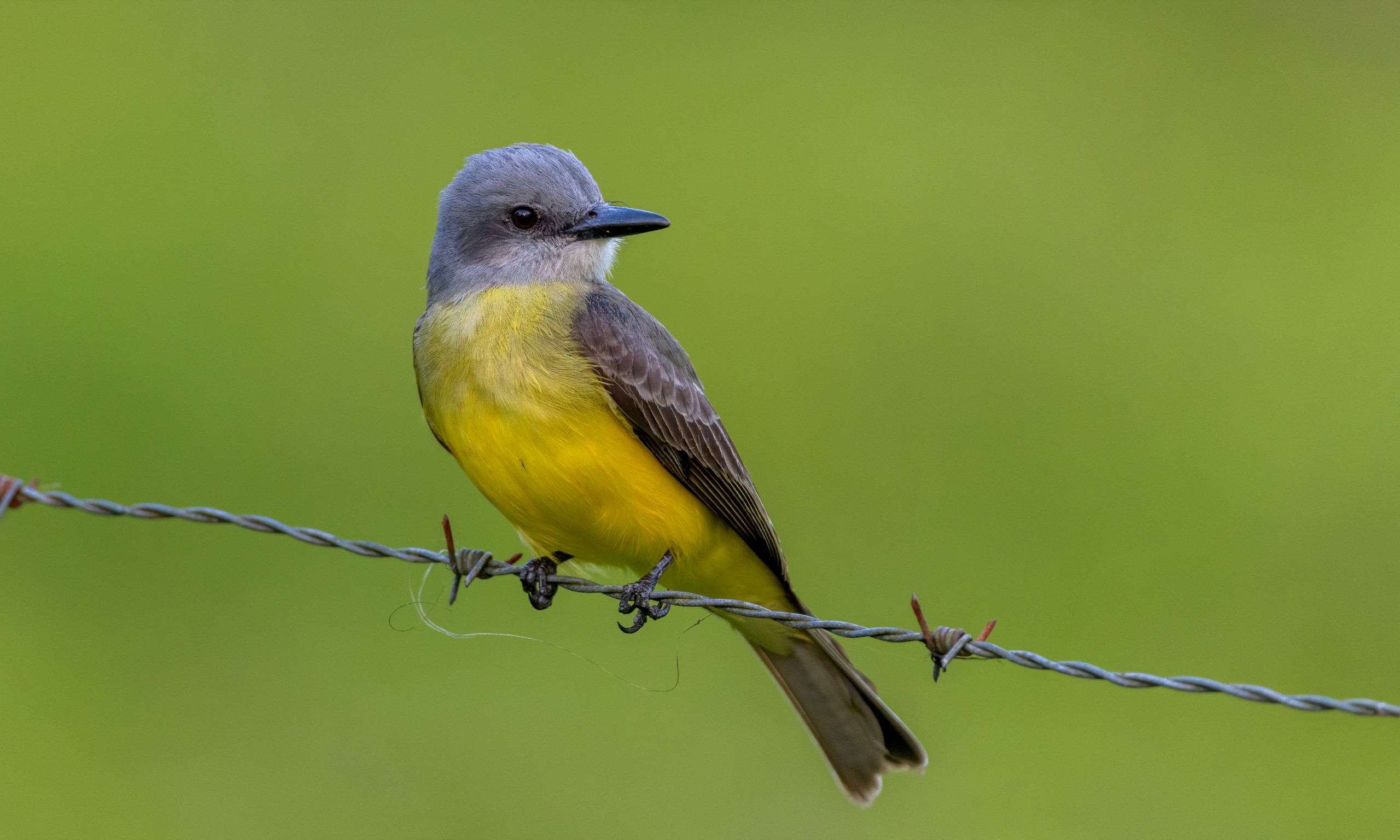
Birds that engage in lifelong pair bonding experience various benefits that contribute to their reproductive success and the well-being of their offspring.
Increased Reproductive Success
Mating for life leads to heightened reproductive success in birds. Long-term bonds establish stable breeding partnerships, allowing ample time and effort to be invested in raising young. This increased investment translates to higher survival rates and overall reproductive success. Compared to birds practicing serial monogamy or polygamy, birds that mate for life demonstrate a consistent and dedicated approach to parenting.
Efficient Resource Allocation

Mating for life allows birds to effectively allocate resources for reproduction. Long-term bonded partners share responsibilities such as nest building, incubation, and feeding the young. This cooperative effort optimizes the allocation of time, energy, and food resources, ensuring the well-being and survival of offspring. By working together, these birds achieve a higher level of resource utilization and minimize wastage.
Improved Parental Care
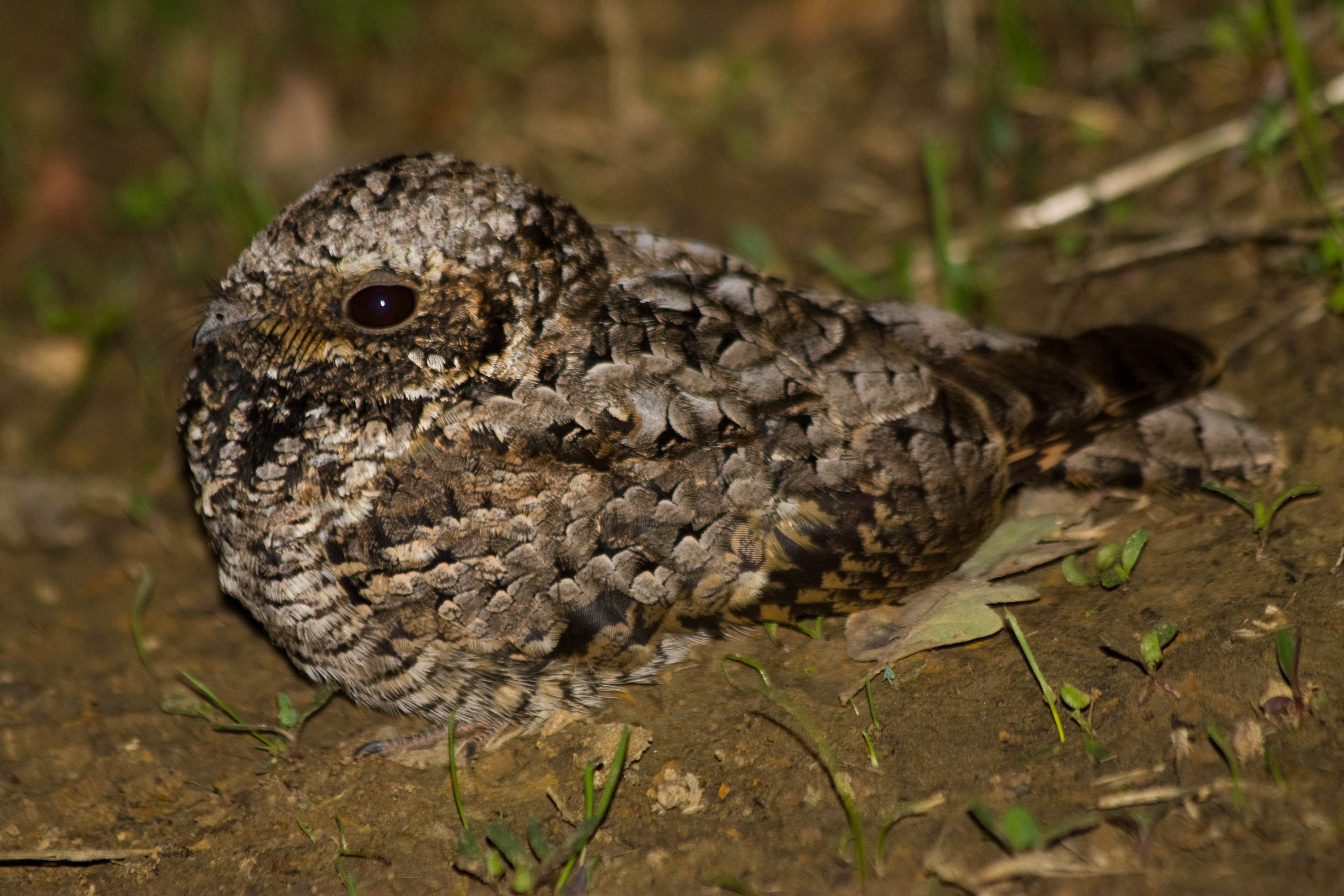
Birds that mate for life exhibit a higher degree of parental care, benefiting both parents and offspring. Both partners actively participate in nest defense, incubation, and feeding, resulting in improved survival rates and healthier offspring. The long-term bond fosters effective communication, coordination, and synchronization of parental behaviors, enhancing the overall rearing process and increasing the likelihood of successful reproduction.
Enhanced Territory Defense
Mated pairs of birds commonly engage in territory defense together, ensuring suitable nesting sites and adequate food resources for their offspring. By cooperating in territory defense, birds that mate for life deter intruders and reduce the risk of nest predation or competition for resources. This territorial stability contributes to the overall fitness and reproductive success of the pair, providing a safer environment for their young to thrive.
In conclusion, the benefits of mating for life in birds encompass increased reproductive success, efficient resource allocation, improved parental care, and enhanced territory defense. These advantages arise from the long-term bond between partners, allowing for cooperative behaviors that benefit both the birds and their offspring.
Interesting Facts – A Look at Birds That Mate for Life
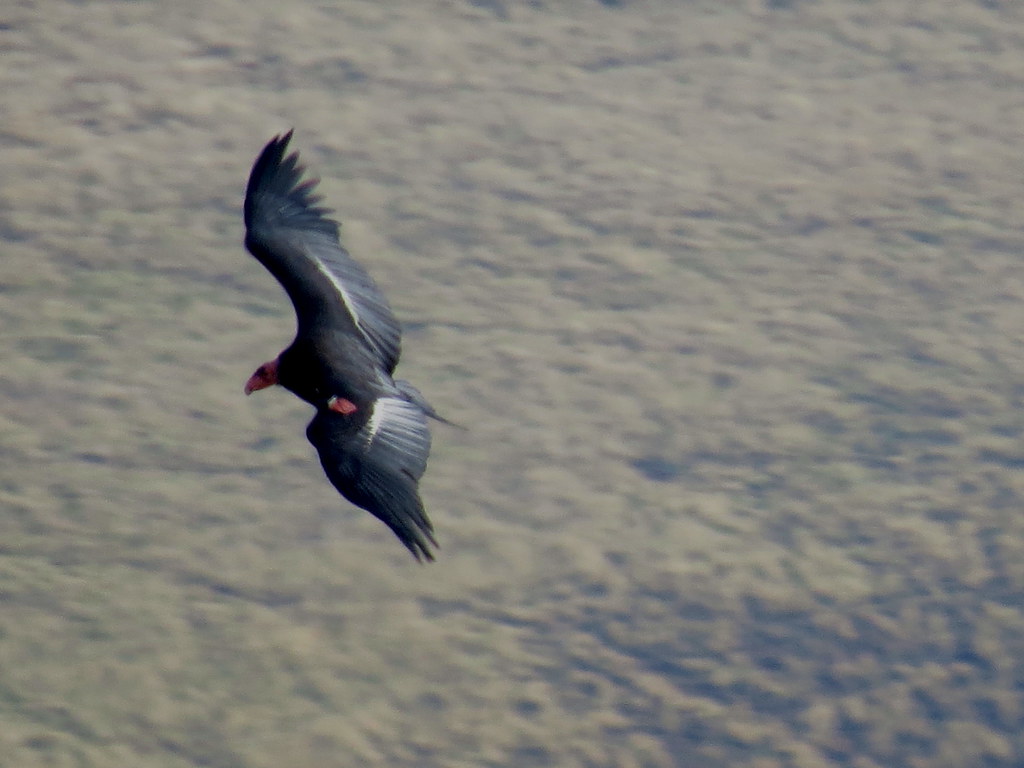
Birds that mate for life exhibit fascinating behaviors and characteristics that make them truly remarkable creatures. Here are some intriguing facts about these avian species:
Communal Nesting
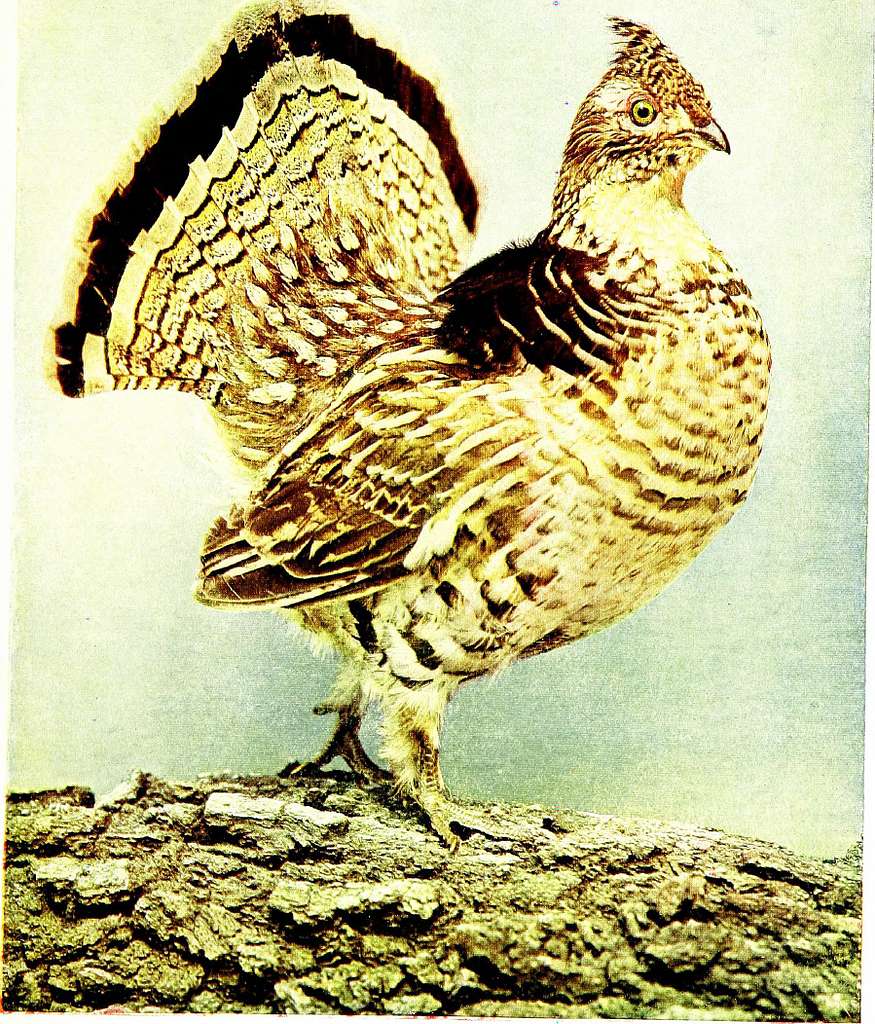
Some birds that mate for life engage in communal nesting, where multiple pairs share the same nesting site. This cooperative behavior can be observed in species like the sociable weaver. They construct massive communal nests that can house hundreds of individuals, promoting social bonds within the colony.
Long-Distance Migration
Many birds that mate for life undertake astonishing long-distance migrations, often returning to the same breeding grounds year after year. For instance, the Arctic tern travels an incredible 44,000 miles round trip during its annual migration, navigating between the Arctic and Antarctic regions. These incredible journeys demonstrate the strong bond between mated pairs as they endure the challenges of migration together.
Synchronized Courtship Displays
Intricate courtship displays are a common feature among birds that mate for life. Some species, such as the black grouse, engage in synchronized displays where multiple males gather in a designated area and perform elaborate dances and vocalizations to attract their lifelong mates. These displays showcase the commitment and coordination between bonded pairs.
Divorce and Remating
While many birds maintain lifelong pair bonds, there are exceptions. Some species, like the red-tailed hawks, may divorce their mates if breeding attempts are unsuccessful. These birds then seek new partners and form new pair bonds, highlighting the adaptability and resilience of birds in their quest for successful reproduction.
Extraordinary Lifespan
Birds that mate for life often exhibit impressive lifespans. For instance, the albatross, known for its lifelong pair bonding, can live up to 60 years or more. Such long lifespans allow these birds to invest significant time and effort into their relationships and ensure the survival of their offspring over multiple breeding seasons.
Unique Vocalizations
Birds that mate for life often develop unique vocalizations or calls distinct to their pair bond. These vocalizations serve as a form of communication and help strengthen the bond between mates. The duets of the superb fairywren, for example, involve coordinated singing between the male and female, reinforcing their lifelong commitment.
These interesting facts highlight the diverse behaviors and adaptations of birds that mate for life. From communal nesting and long-distance migrations to synchronized courtship displays and unique vocalizations, these avian species exemplify the beauty and complexity of lifelong pair bonding. By delving into the lives of these remarkable creatures, we gain a deeper appreciation for the intricacies of avian relationships and the wonders of the natural world.
Conclusion

Exploring the fascinating world of birds that mate for life provides valuable insights into the complexities of avian relationships. Throughout this blog post, we have examined various aspects of lifelong pair bonding among birds and highlighted their significance in the animal kingdom.
Avian monogamy is exemplified by a diverse range of species, including the majestic albatross, powerful bald eagle, resilient black vulture, elegant mute swan, and graceful sandhill crane. These birds showcase unique characteristics and behaviors that contribute to their enduring partnerships, forming the foundation of their reproductive success.
Mating for life offers benefits beyond the individual birds themselves. It leads to increased reproductive success, shared parenting responsibilities, improved foraging efficiency, and enhanced protection against predators. These cooperative behaviors ensure the survival and well-being of both the birds and their offspring, fostering stable and thriving populations.
However, not all bird species follow the pattern of lifelong monogamy. Some engage in alternative mating strategies such as polygamy or promiscuity. This diversity in bird mating systems highlights the complexity of avian relationships and the adaptive nature of reproductive strategies.
Understanding and conserving bird populations that mate for life is crucial. Habitat loss, climate change, and other environmental factors pose significant challenges to these species. By recognizing the value of lifelong pair bonding and the ecological roles birds play, we can work towards preserving their habitats and ensuring their continued existence for future generations to appreciate.
Birds that mate for life exemplify the beauty and intricacy of nature’s design. From courtship rituals to the benefits of long-term partnerships, these avian relationships offer a captivating glimpse into the world of monogamy in the animal kingdom. By delving into the lives of these remarkable creatures, we gain a deeper appreciation for the diversity of life and the importance of conservation efforts in safeguarding their future.
Frequently Asked Questions
Q1: What bird mates for life?
A1: Several bird species mate for life, including swans, albatrosses, eagles, penguins, and various others. These birds establish long-term monogamous relationships and remain paired with their partners for extended periods.
Q2: How do birds choose their lifelong mates?

A2: Birds employ various factors when choosing lifelong mates. Courtship rituals, physical attributes, vocalizations, territorial behavior, and compatibility in parenting styles and foraging strategies all play a role in mate selection. These factors contribute to the longevity of their partnerships.
Q3: What are the benefits of birds mating for life?

A3: Birds that mate for life experience several benefits, including increased breeding success, cooperative behaviors, enhanced parental care, social bonds, emotional support, and genetic advantages. Lifelong pair bonding contributes to the overall fitness and survival of both the birds and their offspring.
Q4: Are there any examples of birds that divorce and remate?
A4: While many bird species maintain lifelong pair bonds, some exceptions exist. For instance, red-tailed hawks may divorce their mates if breeding attempts are unsuccessful. These birds then seek new partners and form new pair bonds, showcasing the adaptability and resilience of birds in their quest for successful reproduction.
Q5: What are some interesting facts about birds that mate for life?
A5: Birds that mate for life exhibit fascinating behaviors and characteristics. Some interesting facts include communal nesting observed in species like the sociable weaver, long-distance migrations undertaken by birds like the Arctic tern, synchronized courtship displays of birds like the black grouse, extraordinary lifespans of birds like the albatross, and unique vocalizations developed by birds to strengthen their pair bonds.

Leave a Reply